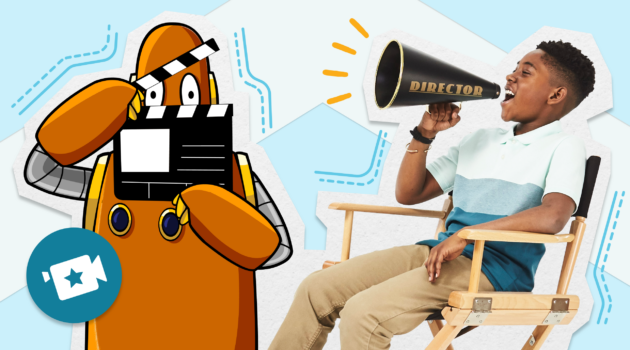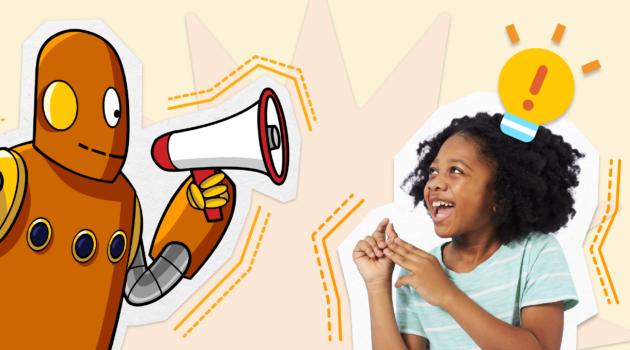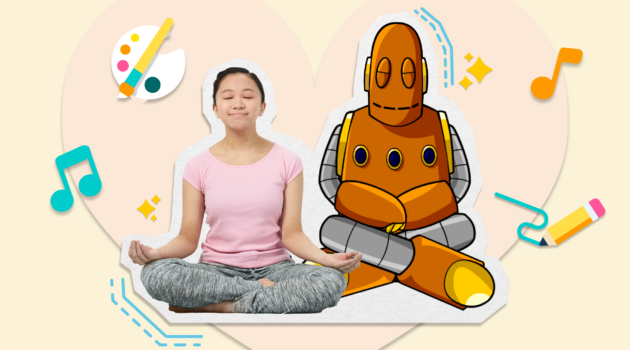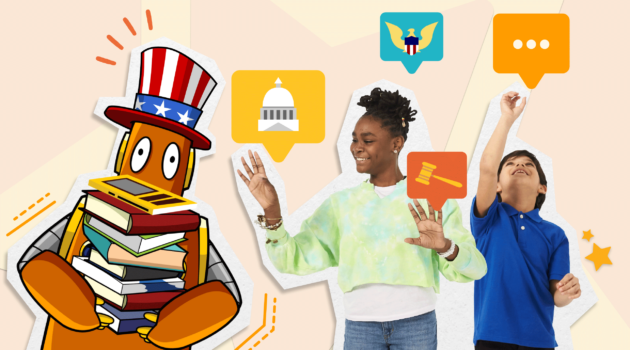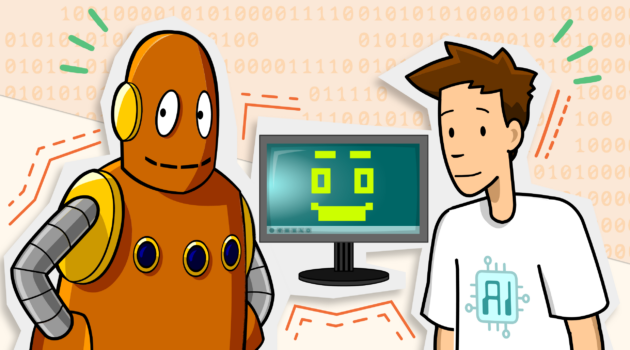Teaching Strategies
6 Ways Gamification Enhances Student Learning
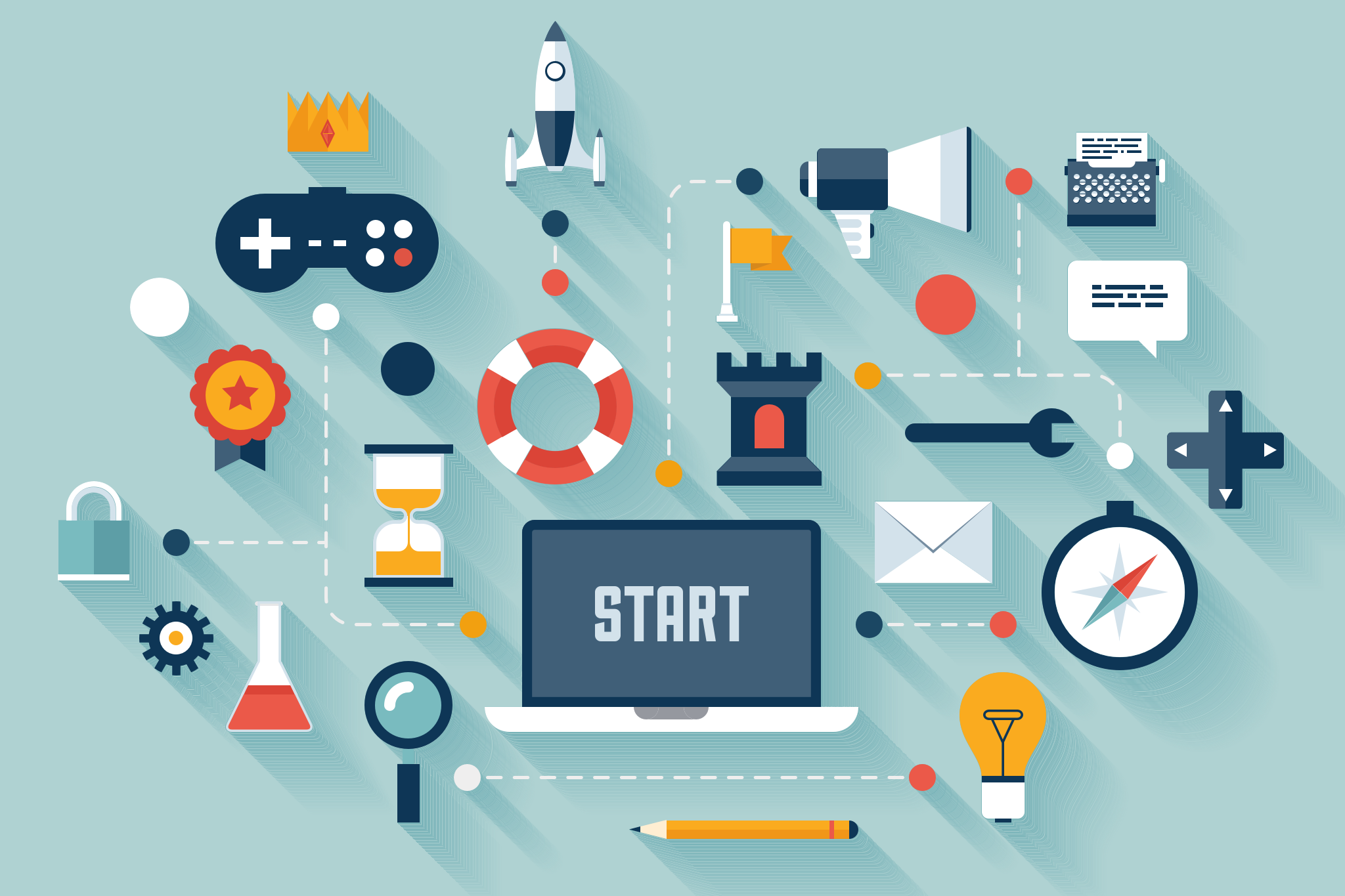
Gamification—turning a task or process into a game—has become a buzzword in areas including civic engagement, employee productivity, fitness, and beyond. As parents and educators, you may wonder: What are the benefits of gamification in education? Does gamification help with learning, and if so, how can you take advantage of this technique with your kids?
1. Gamification Fosters Intrinsic Motivation
One of the most common ways people misunderstand gamification is by thinking the participant’s focus is on the achievement marker. Some may see a gamified process, especially for kids, as an extrinsic (or external) rewards system that relies on bribes, whether it be a gold star or a promised pizza party.
However, when students join a football team and spend hours each week training for the next big game, it’s not because they need a shiny gold cup to add to their home decor. They do it simply for the enjoyment of playing the game and because they want to win. The marker that shows their achievement (a trophy, a medal, a certificate, etc.) is secondary to their desire to play and hopefully achieve the goal. And the more students are motivated intrinsically, the more independently they will be able to learn.
2. Gamification Allows Educators to Hide Learning Inside Play
Most parents are familiar with the trick of sneaking vegetables into their kids’ favorite foods. Gamification in learning operates in much the same way.
When you play a game, you focus on having fun and taking the next step to winning or reaching the goal. The knowledge and skills you have to acquire, recall, and apply in order to be successful become means to that end. For example, a child may say they don’t like fractions practice, but if they need to calculate how many health potions will re-fill their health bar in their video game, their math skills will likely start firing on all cylinders.
3. Games Make Learning Social
Many parents and teachers are concerned about kids’ screen time these days, and how it could affect children’s social development. It might be surprising then to learn that gamification—including with online platforms—can actually make learning a more social and active experience.
When learning becomes play, children can challenge each other to friendly competitions, both providing a sense of accountability and even greater motivation. Kids can also work together with friends or classmates, building teamwork, developing collaborative skills, reconnecting with old friends or even making new ones.
4. Games Help Make Kids’ Learning Stick
While motivating children to sit still and complete a learning activity may already be enough to have many parents and teachers ready to gamify learning at home or in the classroom, the benefits go beyond behavior management.
When students are engaged, focused, and actively participating in the learning experience, they tend to pay closer attention to instruction because they want the tools to achieve the goal. After introducing the content, the game play gives them the opportunity to apply what they’ve learned, reinforcing the concepts and skills in a way that children care about.
5. Subtracting Stress and Adding Fun with Educational Games
Some might expect that injecting an element of competition (even solo competition) into learning might increase kids’ stress and anxiety. However, adding game dynamics to educational content can actually offer kids a chance to see learning in a new way—not as a “have-to” task or stress-inducing test, but as an opportunity to have fun and show off their skills.
While games focus children’s attention and invite them to pursue a challenging goal, they also shift children to a play mindset—active and alert, but also curious, flexible, and open to discovery. During play, children feel more comfortable asking questions, trying new or difficult tasks, and experimenting with different solutions.
6. Educational Games Help Kids Set Clear Goals
One of the greatest benefits of gamification is that it can provide a clear path to set, track, and achieve goals. This helps keep students moving forward while also showing them how far they’ve come. This is the foundation of a growth mindset that helps students take charge of their learning.
Explore BrainPOP’s Collection of Educational Games for Kids
With BrainPOP’s GameUp collection of free educational games, teachers can easily incorporate gamified learning on subjects they’re already teaching. It’s a fun way to assess their understanding of a particular topic while boosting classroom participation.
With a thoughtfully gamified system, learning and fun don’t have to be two opposite ends of the spectrum. Instead, they can fuel each other—the joy of play driving students to learn, and the knowledge and skills they learn making play even more fun.


